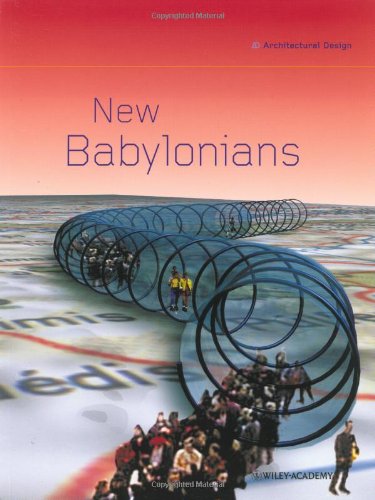The Situationist City epub
Par hathaway john le jeudi, juillet 28 2016, 12:25 - Lien permanent
The Situationist City. Simon Sadler

The.Situationist.City.pdf
ISBN: 0262193922,9780585028286 | 352 pages | 9 Mb

The Situationist City Simon Sadler
Publisher:
Situationists and Independents felt that indigenous living patterns were best nurtured through the “clustering” of the city. During its short period of existence, the Situationists' ideas had a great impact on the revolution of May 1968 and this historical event made them recognisable in various circles. Diverse By taking dérives across neighbourhoods of the city, the drifters capture their emotions for the terrain with photos, verses or collages on a map, which eventually represent their psychology and for that reason the outcome is called 'psychogeographic map' (e.g. This week predominantly involved us working on our essay which was due on Friday while also keeping our event ideas in the back of our mind. 3:AM: I think you say in The Spectacle of Disintegration that détournement is perhaps the Situationists' greatest strategic legacy, but I wonder whether you'd agree that the dérive is a useful strategy for negotiating the networked environment, or what you called the One is the internet itself which was a kind of wild west area, and the other was about networking together across various cities, we'd travel around and visit each other and form temporary associations. The mid-twentieth century in Paris saw a movement identified as the Situationist International. �The benign professionalism of architecture and design had, in their opinion [situationists], led to a sterilization of the world that threatened to wipe out any sense of spontaneity and playfulness. Backpost on Space, Tom McDonough “Situationist Space”. His publications study the architectural ideas of the Archigram group, the Situationists, and other experimental practices. The Situationists' focus on the city has been central to McDonough's choice of documents. This analysis begins by looking at Debord's Naked City map of Paris, defined by a psychogeographical space that is linked by 'unity of atmosphere'. In reading and reviewing McKenzie Wark's The Beach Beneath the Street: The Everyday Life and Glorious Times of the Situationist International, I couldn't help but think about the practice of art in the city of Detroit. For the Situationists, your city was there to be misused, to be detourned. 'We demand games with great seriousness', that is the core essence of my research, can we still play (or were we ever able) to play with seriousness? City – Psychogeographic Microcosms. This is because of how much your streets are an extension of capitalism. He seeks to redefine notions of the Situationists' urban critique, arguing that instead it persisted throughout the group's duration. The situationists hoped that architecture would ”revolutionize everday life, release the ordinary citizen into world of experiment, anarchy and play”. It comes from a group of theorists called the Situationists, whose work I have been interested in since learning about it in a first year art course. Connected drift is based on the situationist technic of the psychogeographic walk in which chance and the surrounding environment itself determines the route taken.